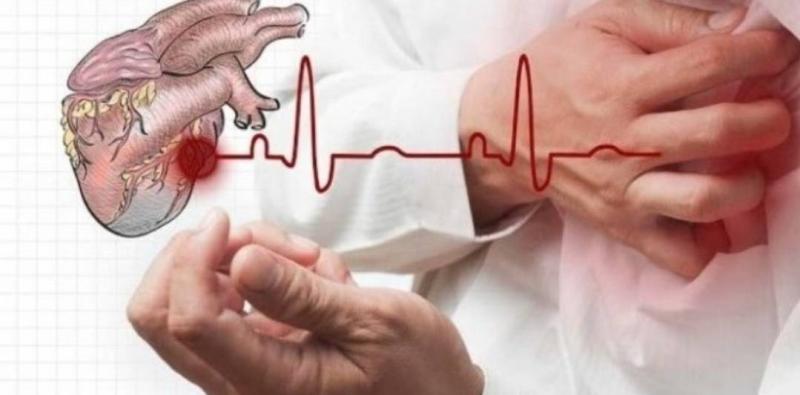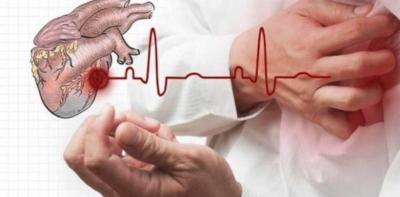Heart attacks often seem like sudden and unexpected events, but the underlying causes of heart failure and heart attacks can persist for a very long time.
A new study has found that there may be a way to predict who will suffer a heart attack years before it occurs using a simple X-ray. Researchers from Edith Cowan University in Australia stated that individuals with high levels of calcium in the aorta, the main artery that carries blood from the heart to the body, are four times more likely to experience a heart attack compared to others. This discovery offers hope for more accurate screening of cardiovascular diseases, which are the leading cause of death worldwide.
The lead author of the study, Professor Josh Lewis, said, "Cardiovascular diseases are often silent and slow killers, as many people are unaware of their risk or have early warning signs, such as coronary or aortic calcification. The abdominal aorta is one of the first places where calcium can accumulate in the arteries, even before the heart muscle itself. If this is detected early, we can intervene and implement lifestyle changes and some medications to help halt the progression of the condition."
Notably, non-invasive imaging tools like computed tomography (CT) can provide detailed cross-sectional images of internal organs and tissues, including the aorta. The aorta can become hardened when calcium accumulates in its walls, leading to heart failure. Scientists refer to this condition as abdominal aortic calcification (AAC), which can also cause strokes.
Additionally, an analysis of data from 52 studies worldwide reveals that abdominal aortic calcification doubles to quadruples the risk of heart disease. The study also found that the more calcium accumulates, the greater the risk, particularly among those with chronic kidney disease.
It's important to mention that factors causing arterial calcification include poor diet, sedentary lifestyle, smoking, and genetics. Professor Lewis hopes that this discovery will lead to greater awareness among people regarding their risk of heart attacks or strokes. He adds, "Abdominal aortic calcification is often diagnosed incidentally during many routine tests, such as lateral spine examinations and bone density tests or X-rays, and now we have a much better idea of how to diagnose these individuals when seen."
He concludes: "This could serve as an early warning to doctors that they need to investigate and assess their patients' risk of heart attack or stroke. Ultimately, if we can identify this condition early, people can make lifestyle changes and initiate preventive treatments sooner, potentially saving many lives in the future."




